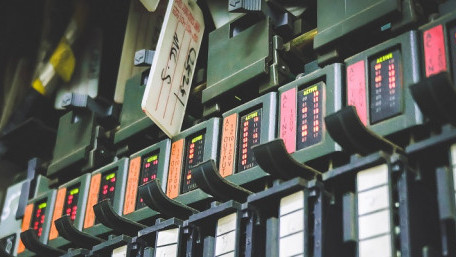
When inputs or outputs stop working, the equipment fails to respond and money starts slipping away. Dive into the concept of troubleshooting I/O without ever…
When inputs or outputs stop working, the equipment fails to respond and money starts slipping away. Dive into the concept of troubleshooting I/O without ever opening the PLC software.
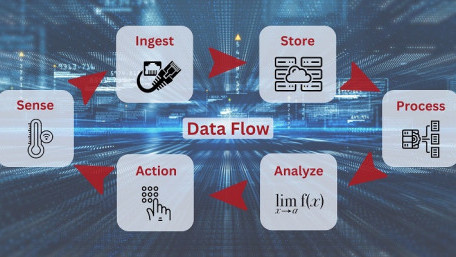
Data pipelines are software services that progress the data from source to storage, hopefully without too much…
Data pipelines are software services that progress the data from source to storage, hopefully without too much programming complexity. In this article, we begin by initializing the mage.ai software.

When IT and OT converge on the shop floor, it’s important to understand how and when to let a computer control the…
When IT and OT converge on the shop floor, it’s important to understand how and when to let a computer control the assignment of network addresses, or when you would rather keep it under control.
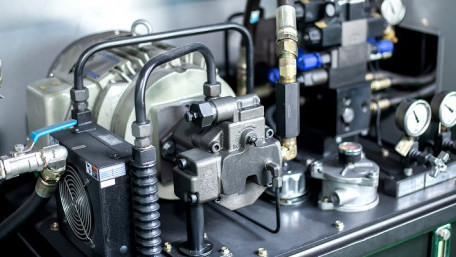
Pressures are always rising and falling in fluid systems. Sometimes the changes are extreme and lead to damage. What…
Pressures are always rising and falling in fluid systems. Sometimes the changes are extreme and lead to damage. What causes problematic pressure changes, and how can you trace them to their source?

All of modern industry relies on data. In the first installment of a series showcasing the importance of industrial data…
All of modern industry relies on data. In the first installment of a series showcasing the importance of industrial data movement, we explain the challenge of data flow and build a fault list.
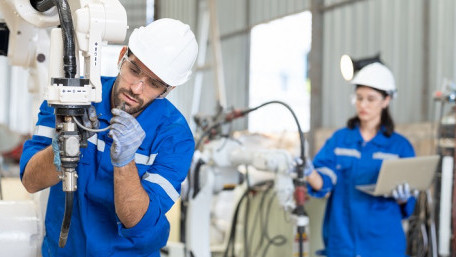
Traditionally, automation requires a sizable investment and integration risks. RaaS empowers manufacturers to let someone…
Traditionally, automation requires a sizable investment and integration risks. RaaS empowers manufacturers to let someone else adopt the risks in exchange for an hourly or monthly subscription rate.
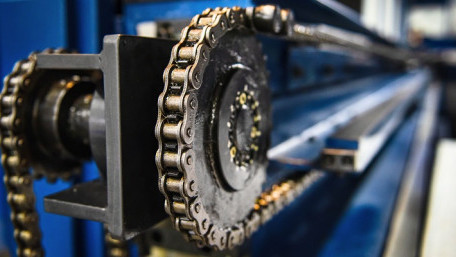
In the world of mechanical power transmission, gears, belts, and chains dominate the landscape, but what's so special…
In the world of mechanical power transmission, gears, belts, and chains dominate the landscape, but what's so special about chain drives, and why would they be used in place of rubber belts?

Rebooting industrial controllers and computers incurs costs, not only from the downtime but also from cascading effects…
Rebooting industrial controllers and computers incurs costs, not only from the downtime but also from cascading effects of communication with up/downstream controllers. How can this downtime be managed?
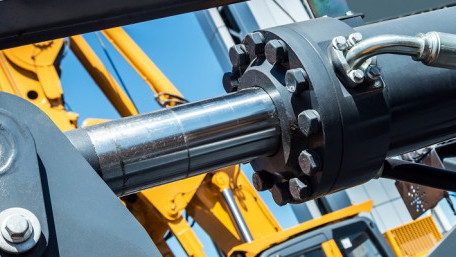
Hydraulic cylinders and actuators can quickly move heavy objects and provide strong clamping forces. But when they break…
Hydraulic cylinders and actuators can quickly move heavy objects and provide strong clamping forces. But when they break down, the effects can be catastrophic and the repairs costly and timely.
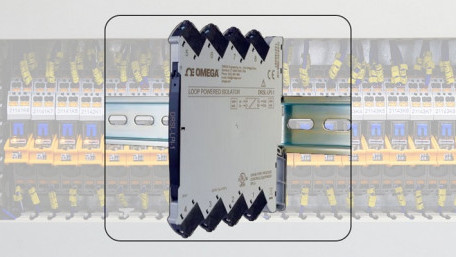
Many signal sources and process transmitters do not include isolation, which can cause problems when the instruments are…
Many signal sources and process transmitters do not include isolation, which can cause problems when the instruments are at different locations. A loop powered isolator is often the solution.
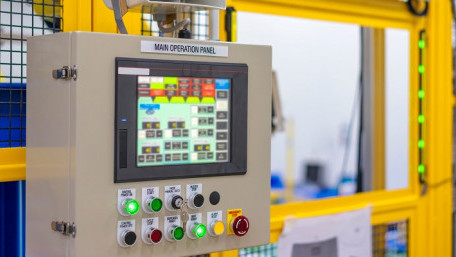
An overview of HMI data types, input controls, output indicators, and message functions, the building blocks used to…
An overview of HMI data types, input controls, output indicators, and message functions, the building blocks used to construct informative and appealing HMI applications.
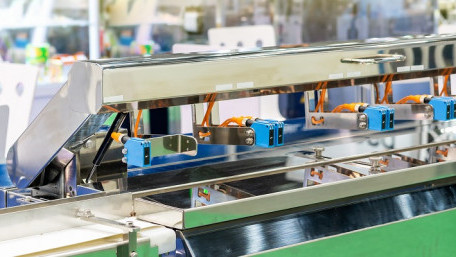
Data has become the currency that enables operational excellence. Sensors are the key links, acting as the eyes and ears…
Data has become the currency that enables operational excellence. Sensors are the key links, acting as the eyes and ears of modern manufacturing units by providing real-time data on machine performance.
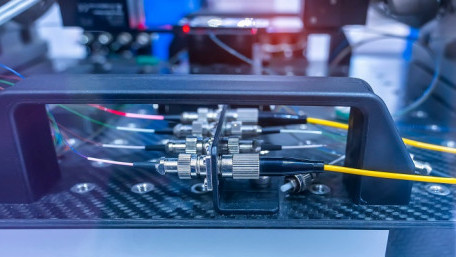
Photoelectric sensors and fiber optic sensors are very similar in a lot of ways, but which one is superior in function…
Photoelectric sensors and fiber optic sensors are very similar in a lot of ways, but which one is superior in function and durability, and under what conditions might one be preferred?
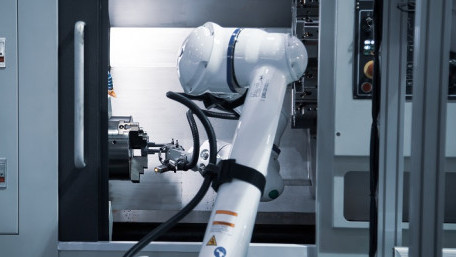
Cobots have recently been hailed as one of the latest and greatest innovations in production and manufacturing…
Cobots have recently been hailed as one of the latest and greatest innovations in production and manufacturing automation. But are collaborative robots living up to their reputation? Control.com investigates the benefits and drawbacks of these versatile industrial machines.
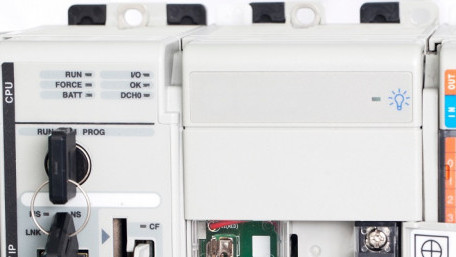
A PLC can be placed in Run or Stop, or occasionally Program mode, usually through physical or virtual methods. But what…
A PLC can be placed in Run or Stop, or occasionally Program mode, usually through physical or virtual methods. But what do these modes mean, and when should they be used?
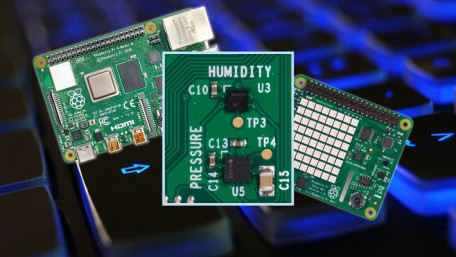
Explore the sensors used to obtain temperature, pressure, and humidity for industrial applications on this value-packed,…
Explore the sensors used to obtain temperature, pressure, and humidity for industrial applications on this value-packed, compact add-on for the Raspberry Pi.
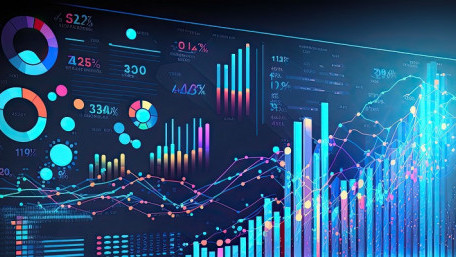
PygWalker is a useful tool to visualize data, with advanced features to make the data more constructive. This tutorial…
PygWalker is a useful tool to visualize data, with advanced features to make the data more constructive. This tutorial continues using the milling machine predictive maintenance dataset.
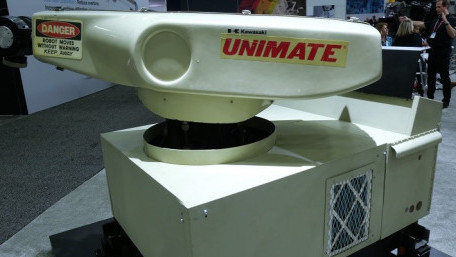
Most commercial control technologies have fascinating histories, especially industrial robots. Here’s the story behind…
Most commercial control technologies have fascinating histories, especially industrial robots. Here’s the story behind the development of Unimate, the world’s first.
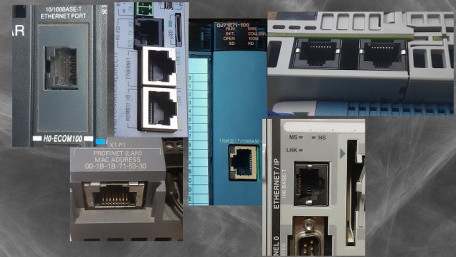
Some controllers and network devices have one port, while others have two. Why is there a difference, and what advantages…
Some controllers and network devices have one port, while others have two. Why is there a difference, and what advantages does having two network ports actually provide?
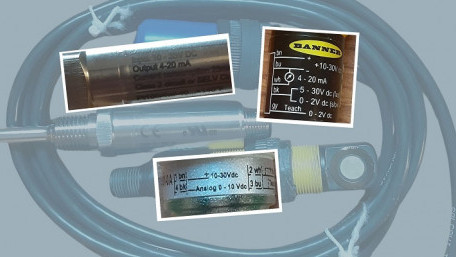
Analog voltage and current are the dominating standards for industrial technology. Is one format better than the other?…
Analog voltage and current are the dominating standards for industrial technology. Is one format better than the other? And if so, why do both signal types still exist in modern systems?
